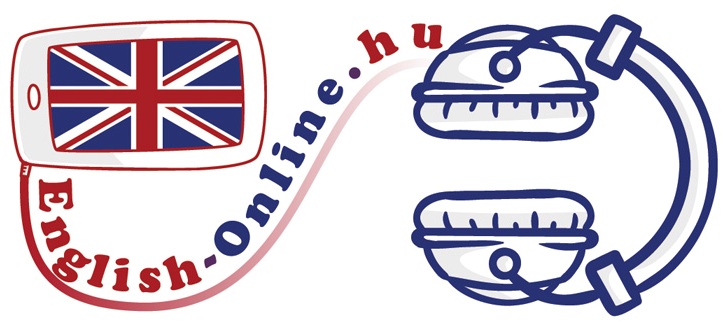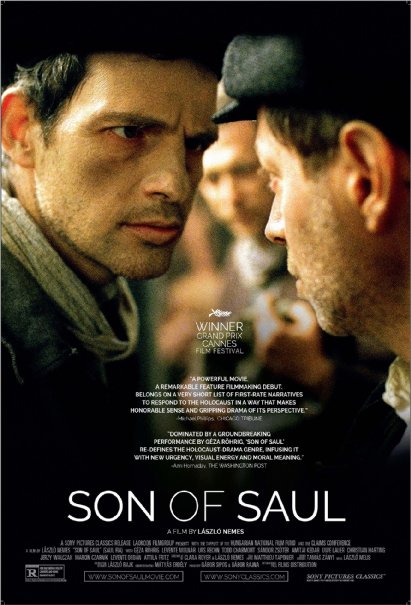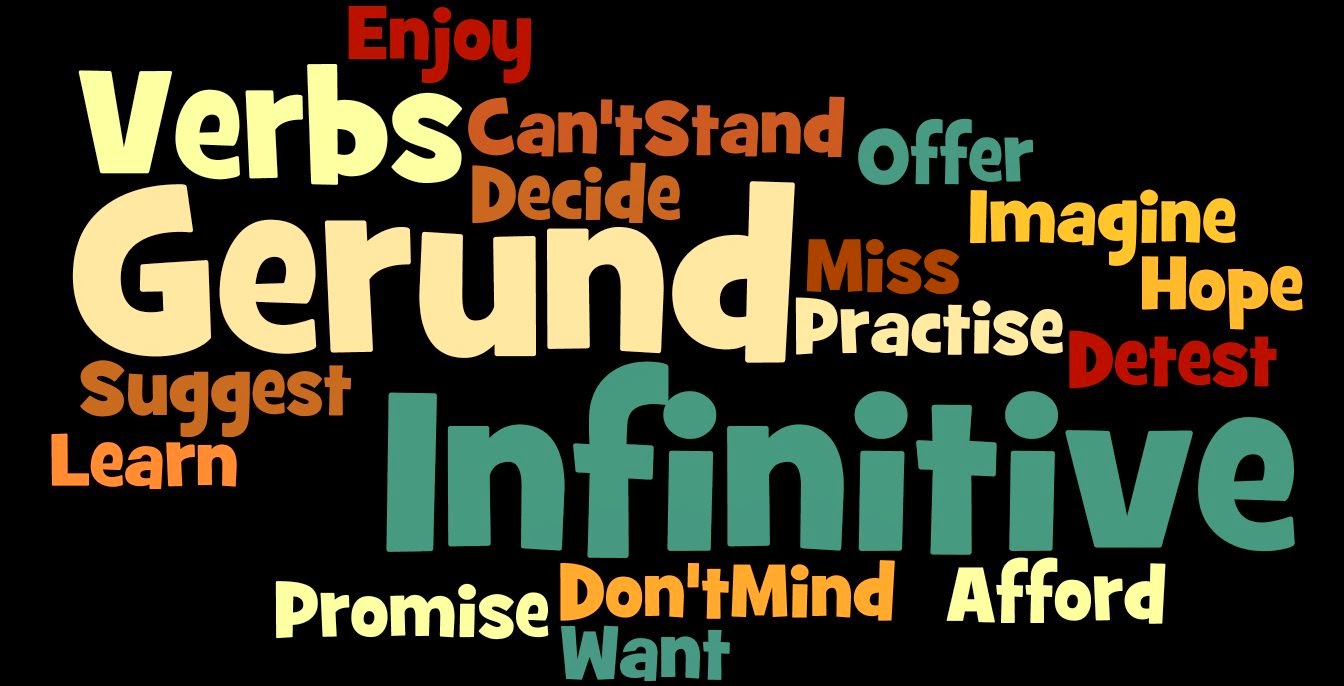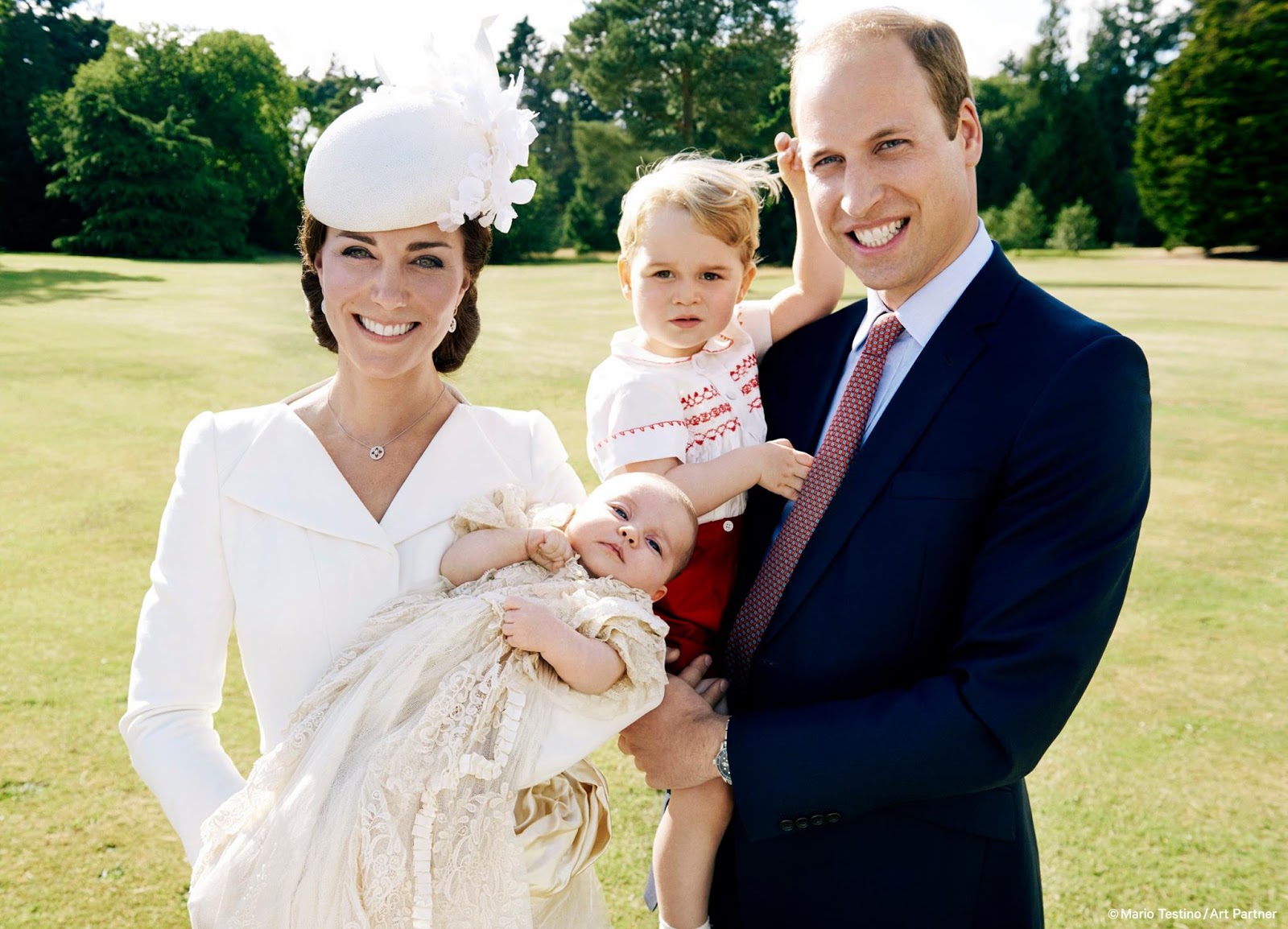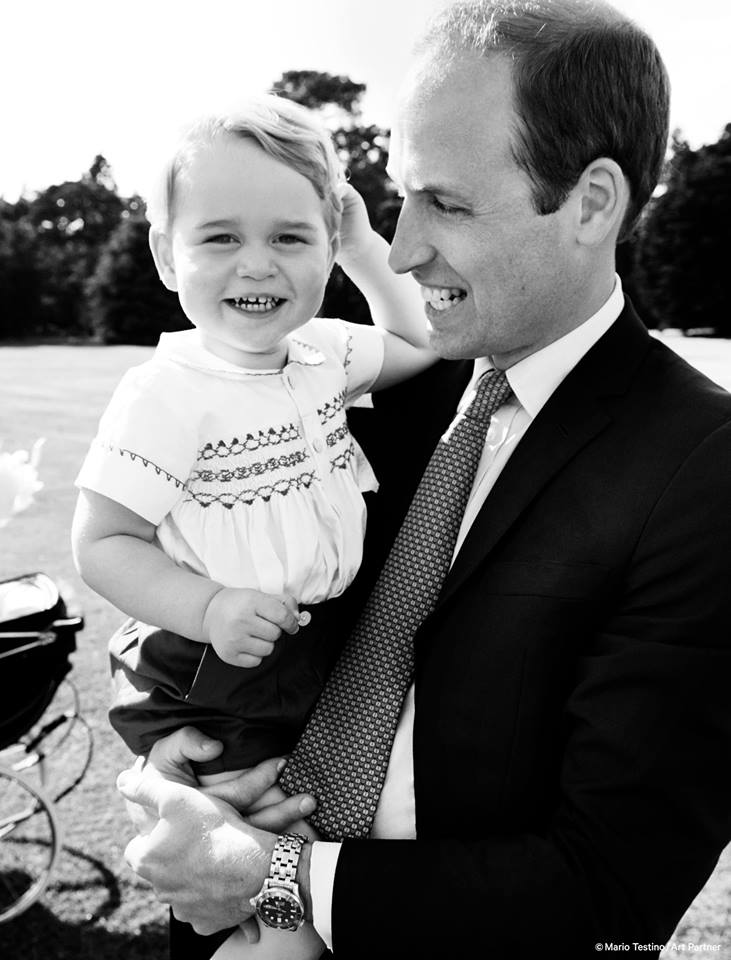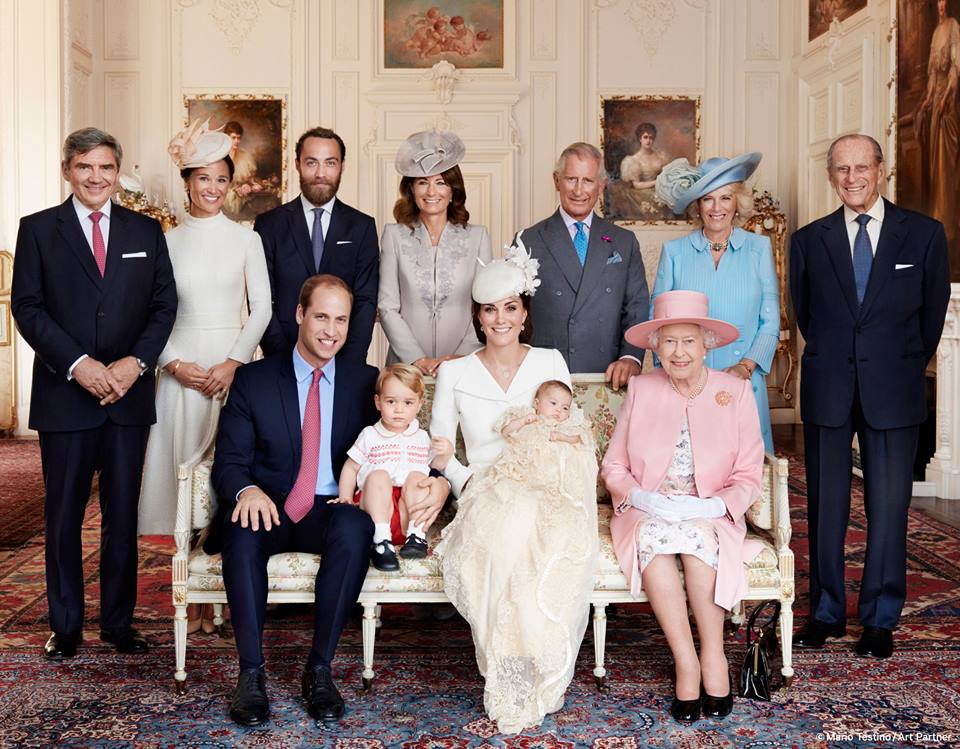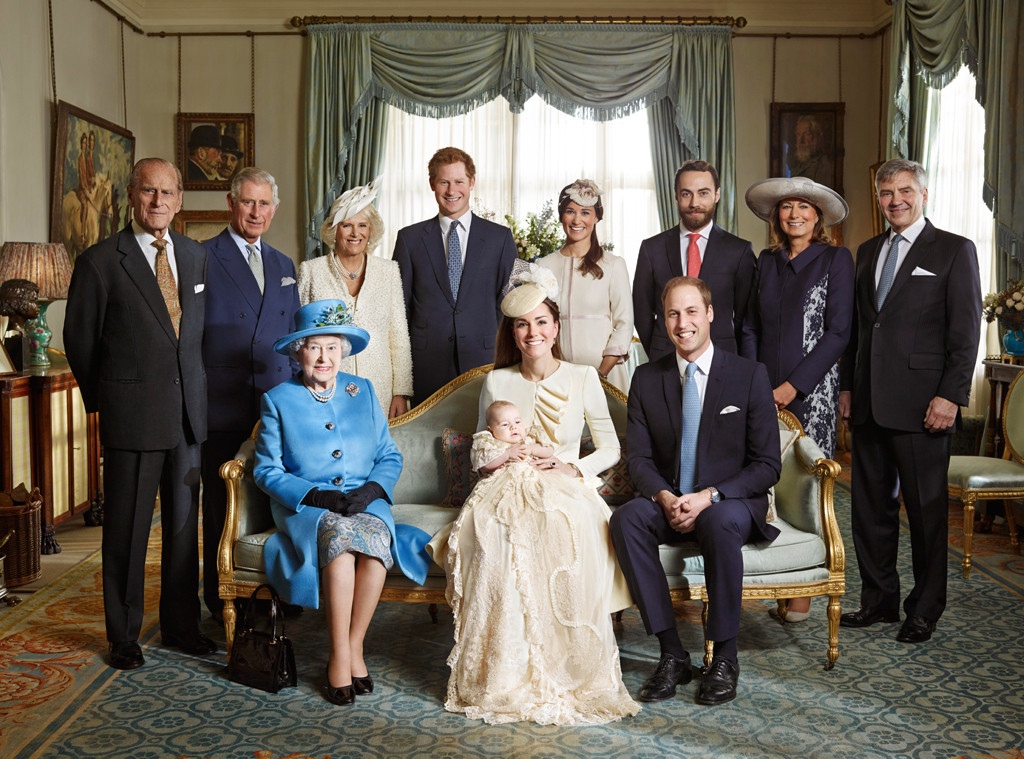SHOCKING SPLIT
After 12 years and six kids together, Angelina Jolie and Brad Pitt reveal the unraveling of their marriage just months after their two-year anniversary

Na, szép, mondhatom! Eddig bírták Angelinaék..Na de miért? Ha tudni szeretnéd a szaftos részleteket egy nyelvvizsga feladatba rejtve tutira meglelheted! Újabb lyukas szöveg típusú szövegértés feladatot hoztam Nektek, amely egy eredeti amerikai sajtócikk feldolgozása. A feladat pedig a nyelvvizsga által megszabott lesz: Helyezz vissza a megadott 6 elem közül 5 db-ot a szövegben hagyott GAP-ekbe (rés/szöveglyuk), tehát egy elem felesleges lesz, azt ki kell hagyni. Rajta!
Segítő szószedetet a cikk végén találsz! Kellemes angolozást!
ÍME, A KIHAGYOTT MONDATOK:A) It seems she has been looking for a new life for a while and that Brad just doesn't fit in.B) That was especially true in 2013 when Jolie underwent a preventive double mastectomy , and again in 2015 when a high cancer risk led her to remove her ovaries and fallopian tubes.C) His approach is: 'I'm gonna do what's best for my family.'D) "A few months in I realized, 'God, I can't wait to get to work,'" Jolie said of filming Mr. & Mrs Smith with Pitt in Rome.E) A few days ago, after months of mounting tensions, Jolie told her husband of two years - and a partner of 12 - that she wanted a divorce.F) Irreconcilable differences: check. Joint legal custody of their children: check. |
MOST PEDIG KERESD MEG, MELYIK ELEM HONNAN MARADT KI!This is not how either Brad Pitt or Angelina Jolie wanted their marriage to end. [___1___] "She sat down , talked to Brad and offered to file [for divorce] together," says a source close to the actress. "She said, 'This is what I'd like to do.' She explained everything. Angelina did what she felt she needed to do." For his part Pitt knew his marriage was in trouble, and he'd been in counseling "to try to figure out how to make things better" for the couple's six kids, says a source in Pitt's circle. He "begged her to press pause" - not so they could reconcile, but so they could prepare their children for the massive upheaval to come, says the Pitt source: "He was willing to do anything, change any habit, change any lifestyle, to do what had to be done to make this work. And by 'make this work,' that means doing what has to be done to make even a split one that is amicable and in the best interests of the children." |
But time was up. On Sept. 19 the 12-year Hollywood fairy tale known around the world as Brad & Angelina - both stars privately chafed at their popular Brangelina nickname - ended with 28 checked boxes in a divorce petition filed in Los Angeles by Jolie. [___2___] In the box beside "physical custody," Jolie checked only herself, with "visitation" for Pitt, and she did not request spousal support. She signed her name in two places - including the "Pitt" she took after the couple's wedding in 2014 - and the court clerk stamped the document case No. BD646058. "I am very saddened by this, but what matters most now is the well-being of our kids," Pitt, 52, said in a statement to Magazine*, while Jolie, 41, said, "This decision was made for the health of the family." Of course, "both Brad and Angelina care very much about their kids," says the source in Pitt's circle, " and there is sadness on both sides." |
Sadness, yes, and also shock. The split marks a sudden unhappy-ever-after for a couple who had ranked as the 21st century version of Bogie and Bacall, Taylor and Burton, Hepburn and Tracy: two wildly glamorous Oscar winners at the top of their game, showing off their sex appeal and chemistry with effortless ease on hundreds of red carpets. Theirs was an on-set romance that blossomed into the robust real life with their six kids: Maddox, 15, Pax, 12, Zahara, 11, Shiloh, 10, and 8-year-old twins Knox and Vivienne. "If you ask any of the kids about us, I feel like they'd say, 'Let's talk about how Mommy and Daddy are so uncool. That Daddy makes better pancakes than Mommy," Jolie told Magazine* in 2014. "We spend so much time at home that the film aspect is a fun part of our lives, but it's a small part." |
In recent months that home life had become increasingly fraught. Sources on both sides acknowledge that the two stars can be challenging to live with. "Brad is not a saint," says the Pitt source and "Angelina is absolutely no angel," says the insider. "She has a complicated pesonality and can be difficult to deal with - she has always been very extreme." Things took a turn for the worse, sources say, sometime after the couple's 2014 wedding - during which "we committed our lives to the children," Jolie said. "Since they got married, Angelina has changed a lot," says the insider. "She wants something more than being an actress and director. She wants to be more involved with the United Nations and her missions." Earlier this year, adds the insider, "she seemed troubled and almost depressed. Angelina said she was just bored. [___3___] |
Although they had long gone to painstaking lenghts to ensure they balanced their family and work lives, lately the pair had been pulled in separate directions. Pitt filmed Allied and War Machine overseas, while Jolie wrapped her latest directoral effort, First They Killed My Father, in Cambodia and continued her work for the United Nations' refugee agency. The insider who knows both stars says that Pitt made multiple solo trips to the couple's home in France, Chateau Miraval, following disagreements between the spouses: "They definitely spent more time apart this year, but it's still a shock." |
Pitt himself was among those caught off guard by the timing, according to multiple people in their circle. "He got a heads-up [about the filing] two days before, and he was appealing to her to do this quietly - not to save the marriage but to consider the well-being of the children - and it was ignored," contends the Pitt source. "He is just wrecked by this." Pointing to other high-profile breakups, the source says that Jolie's divorce filing could have been handled less abruptly. "Look at Gwyeneth [Paltrow and Chris Martin], look at Ben [Affleck] and Jen [Garner], " says the Pitt source. "You go to that godforsaken island, you hunker down together, you grit your teeth, and you get through it. You don't do it this way." Pitt, the source adds, "is not going to go head-to-head with her. [___4___] |
So what prompted Jolie to make the final break? Both sides quickly shot down rumours that Pitt was in any way involved with French actress Marion Cotillard, his costar in the upcoming drama Allied. "It's unfortunate if anybody tries to introduce negativity into what is already a very difficult and painful situation," says a Pitt source. |
Even as the relationship hit rough patches - from the everyday stresses of raising a large family to the life-changing challenges of Jolie's two cancer-preventing surgeries - the pair appeared committed to working through their issues. "It was more like their was over and they entered a real marriage," says the insider. "The differences and arguments they had all seemed very normal." That included diverging parenting styles, with Brad taking a "stricter approach" to Angelina's "more relaxed attitude," says the source. "It never seemed it was a big deal. Brad and Angelina are both great, great parents. And their differences seemed to make them a great parent team." |
But behind closed doors the relationship was quietly unraveling. "Things built and built over time - it wasn't any one thing," says the Jolie source. "She's loved this man for several years, and [divorce] is not something you do impulsively." The Pitt source concurs, citing "a series off issues and a cycle of disagreements," but says there was a final straw. "There was clearly a breaking point, where she'd just had enough," says the source. "He may have been broken himself and said he couldn't go on, and she reacted. This has been difficult for a while. Marriages are difficult especially when you're those two people, with those schedules and six children."
|
It's a far different life from the one each star had when they met in 2004 on the set of Mr. & Mrs. Smith. At the time, Pitt was married to Jennifer Aniston and Jolie was twice divorced, from actors Tommy Lee Miller and Billy Bob Thornton. She was also a single mother to son Maddox, whom she adopted from Cambodia in 2003. They quickly bonded, and she later told Vogue that when the shoot wrapped in 2004 - Pitt and Aniston split early the next year - the pair realized that their connection "might mean something more than we'd earlier allowed ourselves to beleive."
|
Throughout the next decade the two A-listers grew their careers, their family and their fortune. (It's estimated at a combined $500 million.) With their time-zone-hopping adventures and their children's diverse backgrounds, they embodied both Hollywood fantasy and spirited sense of the modern American family. They gushed about the custom bed they built for all the kids to pile into, joked about Angelina's terrible cooking and embraced what they repeatedly described as the happy "chaos" of it all. "Brad's an extraordinary father," she told Magazine* in 2010. "We have each other's backs." |
[___5___] (Pitt also supported her through the 2007 ovarian cancer death of her mother, Marcheline Bertrand, at age 56.) When they shot their 2015 drama By the Sea, which Jolie wrote and directed, about a couple whose marraiage was coming undone, she said that their own only strengthened them and that they both "appreciate the beauty in each other's changes...and look forward to even more years together." A year before, she had told Magazine*, "We've been through so much. We've gotten a lot closer, which I think naturally happens with raising a family together. You have history." |
Now that history includes a heartbreaking final chapter - one both sides say is still being written. "They ultimately will try to find a dignified way to move forward," says the Pitt source. "He will always love her and wants to find a way to resolve this amicably, for the sake of their kids." Jolie feels the same. "She desperately cares about Brad," says a source close to her. "He's the father of her children." Adds a mutual friend of both stars: "She'll always love him. Sometimes no matter how hard you try, it doesn't work out, and it's so sad." |
GLOSSARY:split= szakítás, válásunraveling= tisztázás, megold(ód)ás
doesn't fit in= nem illik bele/oda/a képbe
to undergo= átesni valamin
double mastectomy= lásd ANGELINA JOLIE PREVENCIÓS MŰTÉTEK
ovaries and fallopian tubes= lásd ANGELINA JOLIE PREVENCIÓS MŰTÉTEK
approach= megközelítés
divorce= válás
irreconcilable differences= összeegyeztethetetlen, feloldhatatlan ellentétek
check= pipa
joint legal custody= közös jogi gyámság
to file for divorce= válókeresetet bead
counseling= tanácsadás
to beg= könyörög
to reconcile= kibékít, kibékül
upheaval= felfordulás, megbolydulás
to be willing to do sg= hajlandó valamit megtenni
amicable= barátságos, baráti, szeretetteljes
chafed= ingerült, bosszús
divorce petition= válókereset
physical custody= fizikai gyámság, gyermekfelügyelet
visitation= láthatási jog
spousal support= házastársi támogatás
case= ügy
I am very saddened by this= ez nagyon elszomorít
well-being= jólét
unhappy-ever-after= a happily-ever-after ('és boldogan éltek, míg meg nem haltak') ellentéte
to show off= büszkélkedik, henceg, 'megvillant'
with effortless ease= erőlködésmentes könnyedséggel
on-set romance= forgatás alatt szövődött szerelem
to blossom= virágzik
fraught= terhes, megterhelő
acknowledge= elismer
insider= bennfentes
had long gone to painstaking lenghts= korábban messzire mentek a gondosságban
to wrap= itt: befejezte a forgatást
was caught off guard= felkészületlenül/váratlanul érte, megdöbbentette
to appeal= kér, esdekel, könyörög
to ignore= figyelmen kívül hagy
wrecked= belerokkan, romokban hever(ő)
godforsaken= istenverte
to hunker down= lenyugszik, leül, összehúzza magát
to grit your teeth= összeszorítja a fogát
costar= sztár kolléga közös produkcióban
upcoming= közelgő, soron következő, nemsokára aktuálissá váló
to raise a large family= sok gyereket nevelni
cancer-preventing surgeries= rák-megelőző műtétek
committed= elkötelezett
diverging= eltérő
impulsively= fellobbanásból, hirtelenszerűena final straw= utolsó csepp a pohárban
schedule= munkarend, menetrend, időbeosztás
connection= vonzalom, kötődés LÁSD: SZERELMES ANGOL!
decade= évtized
to estimate= felbecsül, megbecsül
to embody= megtestesít
to gush about= áradozik vmiről
to pile= halomban hever, púposodva magasodik
extraordinary= rendkívüli
to come undone= szétesik, összeomlik, tönkremegy
heartbreaking final chapter= szívszorító utolsó fejezet
a dignified way= méltóságteljes módon
a mutual friend= közös barát
no matter how= nem számít, mennyire |
(Article adapted from the American Press)
Hogy tetszett a cikk, azaz a nyelvvizsga feladat?
Ha megért egy LIKE-ot, nyomj egy LIKE-ot! :D
Magánórát vennél? ITT léphetsz kapcsolatba velem.
Szókincsbővítő feladatot ITT találsz!
Nyelvtani posztot ITT!
Szövegértést ERRE!
Listeninget? ÍME!
Cheers,
English-Online.hu
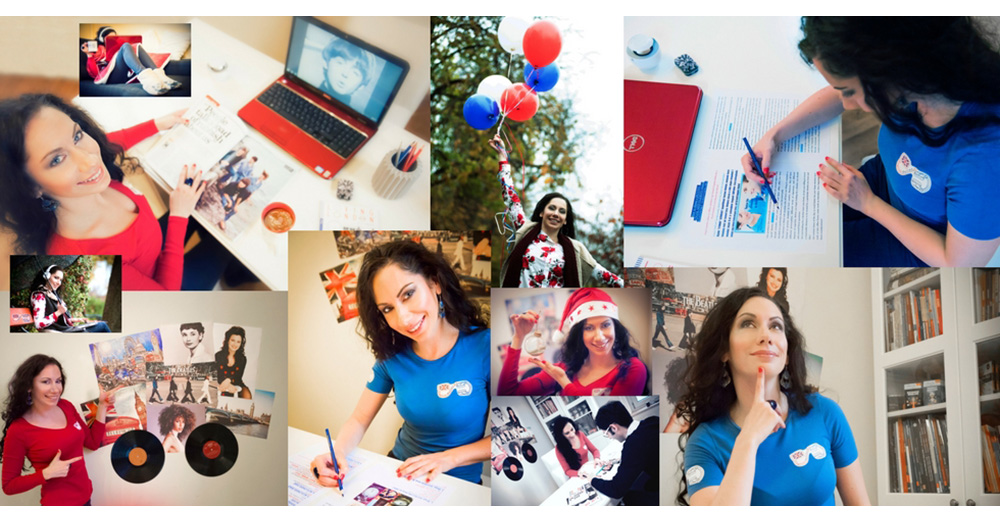
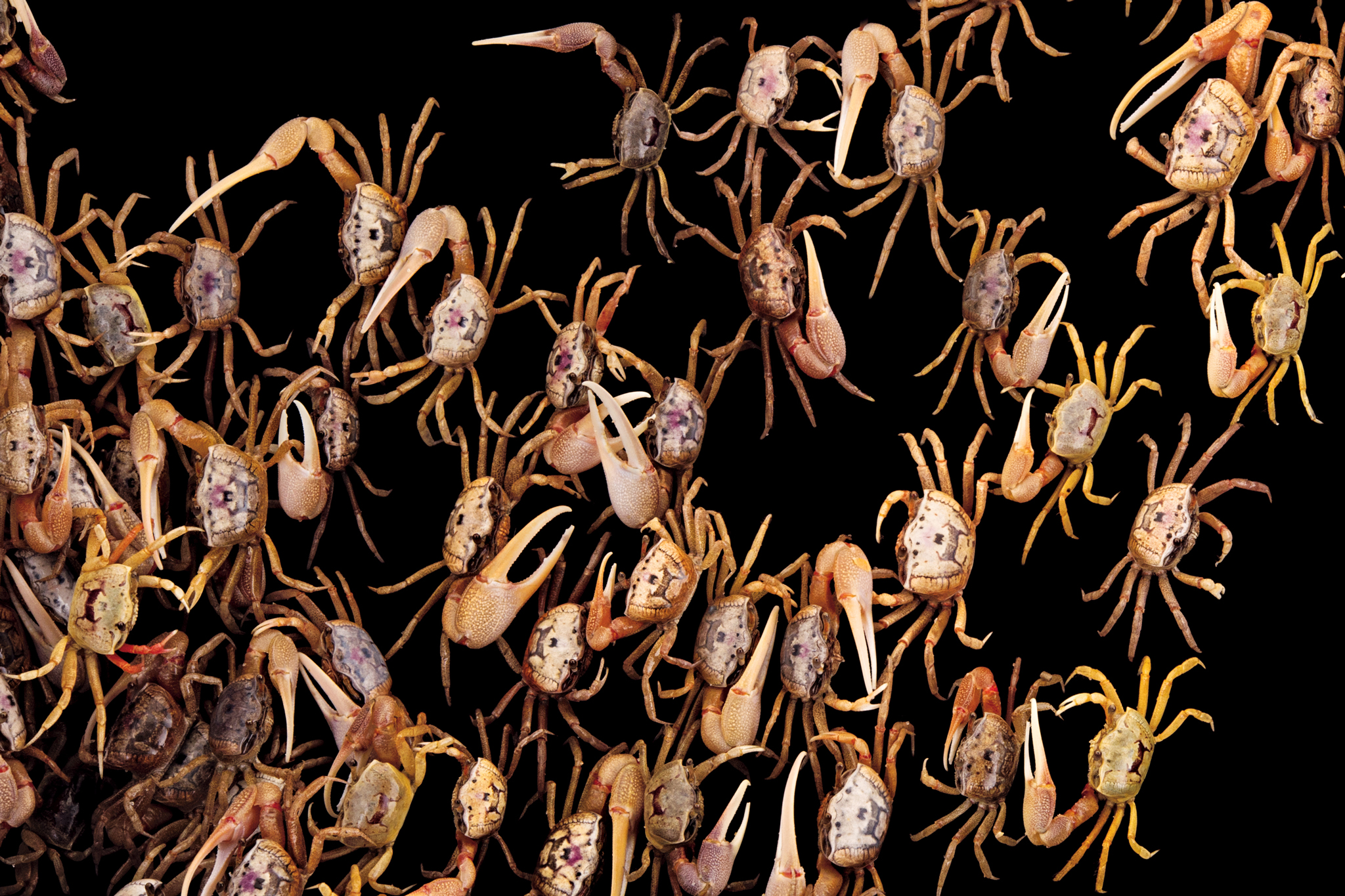


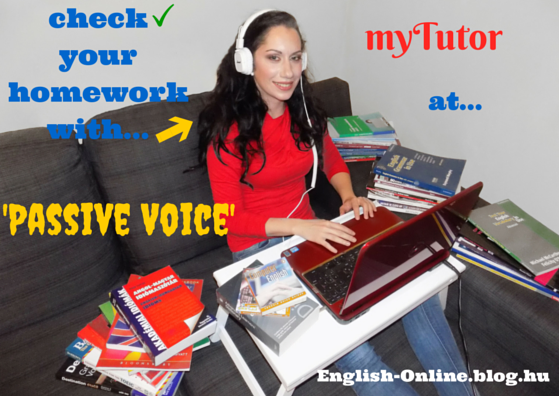


 nyelvoktató csatornámra!
nyelvoktató csatornámra!